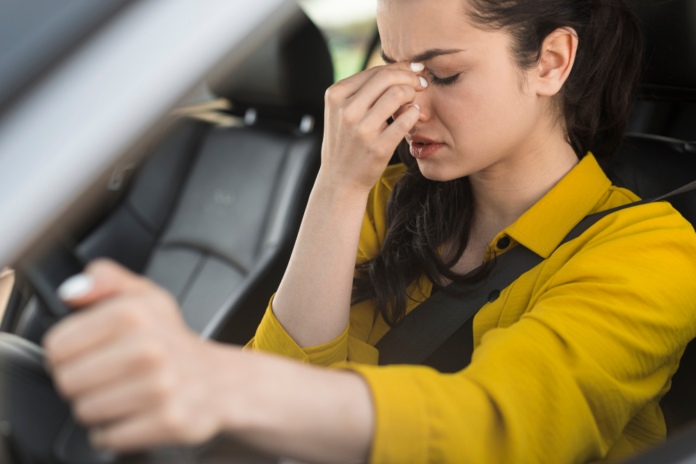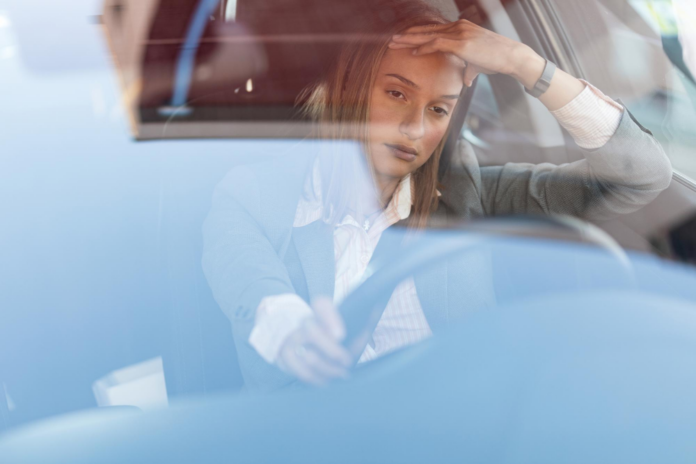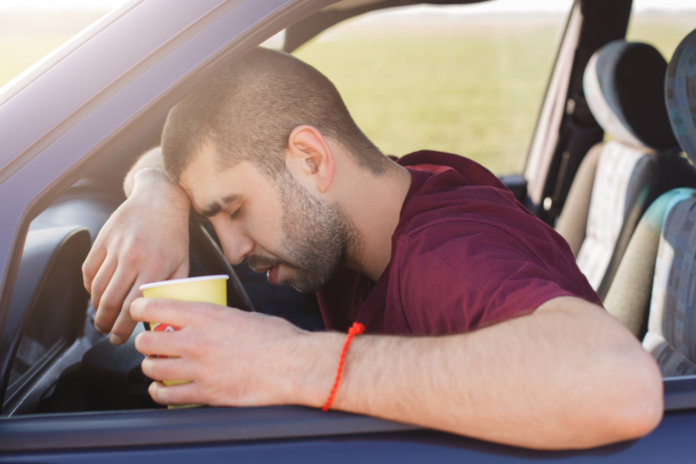Sleep deprivation and driving are a lethal combination. The National Sleep Foundation recently confirmed that around 6,400 people die yearly in car crashes involving fatigued drivers. The Centers for Disease Control and Prevention reported that 1 in 25 adult drivers have fallen asleep while driving, while too many others continue driving while sleep-deprived.
Fatigue is also a massive challenge in the ride-hailing sector. Over the last few years, sleep-deprived driving has become a concern for Uber drivers. According to Curiel & Runion, “Fatigued driving is a problem among Uber drivers, who often use Uber as a secondary source of income.”
The long hours and irregular schedules of Uber drivers are taking their toll, posing extreme risks to drivers and their passengers.
The Prevalence of Fatigued Driving Among Uber Drivers
Uber has revolutionized the concept of ride-sharing. When people need to go from point A to point B, an Uber is the easiest way to go. Uber drivers also provide a mode of transportation between entertainment venues and to and from concerts.
The convenience of this service doesn’t come without steep costs. And one of the worst is the continued fatigue experienced by Uber drivers.
According to a study by the American Academy of Sleep Medicine, fatigue, weariness, and sleepiness are inherent safety risks in the ride-sharing industry. Drivers often have full-time jobs and push themselves to work long hours by driving an Uber late into the night, worsening existing fatigue.
The Signs of Fatigue

Before delving into the impact of fatigue, drivers and passengers need to recognize the first signs of it. Uber has long acknowledged the problem and is working to counteract it by providing guidelines on its app. These guidelines help drivers manage their fatigue and realize when to stop driving.
Listed as signs of fatigue are the following:
- Excessive yawning
- Heavy eyes
- Leg stiffness or cramping in the legs and arms
- Microsleep episodes (mini-blackouts or lapses in attention that last up to 10 seconds)
These signs must serve as a red flag warning to drivers and passengers. If passengers see these signs, they should request the driver pull over to take a break. It is also crucial for drivers to take the initiative on their own to rest before tackling another shift.
The Impact of Fatigue

If a driver has gone more than 20 hours without sleep and still gets behind the wheel, it becomes the equivalent of driving under the influence. Research has shown that a driver is three times more likely to cause or be in a crash if they’re fatigued. This means the impact of fatigue, which many drivers tend to brush off, can be fatal.
Some of the most significant concerns when it comes to fatigued driving include the following:
Safety
The biggest concern, as should be expected, is the safety of everyone on the road, including Uber drivers and their passengers. Fatigue slows down a driver’s reaction time, hampers their decision-making abilities, and distracts them from focusing on the road. Driver fatigue can cause devastating accidents that may leave people seriously injured. At the same time, the driver’s and passengers’ lives are also at risk.
Health Risks
Over and above the risks involved with fatigued driving, Uber drivers are putting their health at risk when they continue to drive in a sleep-deprived state. Chronic fatigue can lead to several health issues, including cardiovascular problems, obesity, and mental health concerns. If a driver continues to ignore their fatigue, it can have an extreme, negative impact on their overall well-being.
Earnings and Job Satisfaction
Last on the list of concerns is the impact fatigue has on Uber drivers’ earnings and job satisfaction. Even though many drivers take on Uber ride-sharing simply to earn a second income, it still needs to be a satisfying second job. Working non-stop without resting and sleeping enough can lead to burnout. This will impact the driver’s job satisfaction and the quality of service they provide.
Regulations and Possible Solutions
To successfully address the ongoing problem of fatigued Uber drivers, there must be a focused approach involving the company and its drivers. There must also be government regulations at some point.
Both state governments and local authorities must consider implementing stricter regulations regarding the number of hours an Uber driver can work in a single day. This is the first step to ensuring drivers get the sleep they need. Moreover, they avoid putting undue pressure on themselves to earn more money.
There must also be a concerted attempt from Uber. The company must continue strengthening its efforts in educating drivers about the dangers of fatigue. The app is a good start, but more should be done to raise awareness about the importance of sleeping and resting enough between shifts.
The app sends notifications about regular breaks and keeps drivers aware of how many hours they’ve been driving. The Fatigue Management feature will also log the driver off the system if they’ve been driving for over 12 hours without a consecutive eight-hour break. However, the legal obligation is on the driver to ensure that they adhere to the suggested break times. And it is here that more needs to be done to see drivers take the required action.
Moreover, there should be incentives for drivers who prioritize safety and stick to the guidelines related to rest and fatigue. These incentives could take the form of bonuses, rewards, or other monetary recognition.
Final Thoughts

Fatigued driving among Uber drivers remains a growing concern. There is no telling what could happen if a driver falls asleep at the wheel while carrying passengers. But the likely outcome is a terrible accident. It is simply non-negotiable for the relevant authorities and Uber to continue to tackle this problem. It is essential to ensure the safety of their drivers, passengers, and every other road user.
By implementing stricter regulations and promoting awareness, it is possible to reduce the toll of fatigue on Uber drivers, making the roads safer for everyone.









